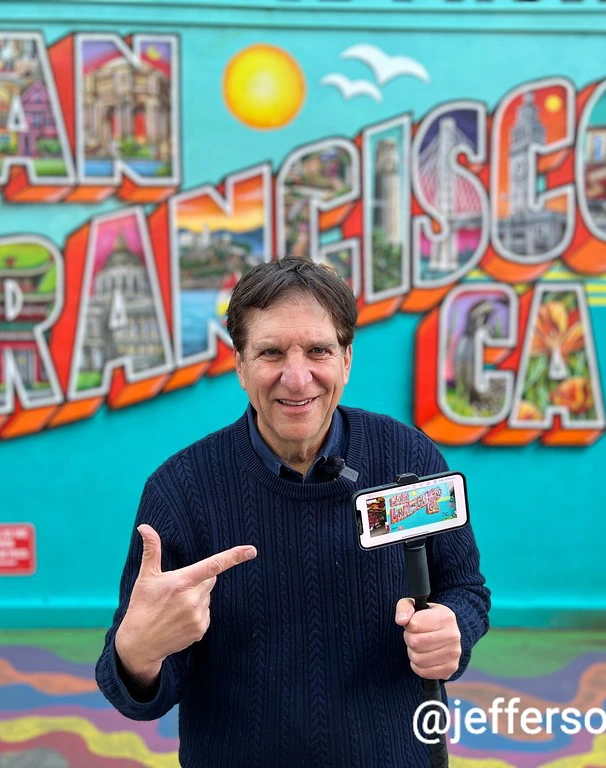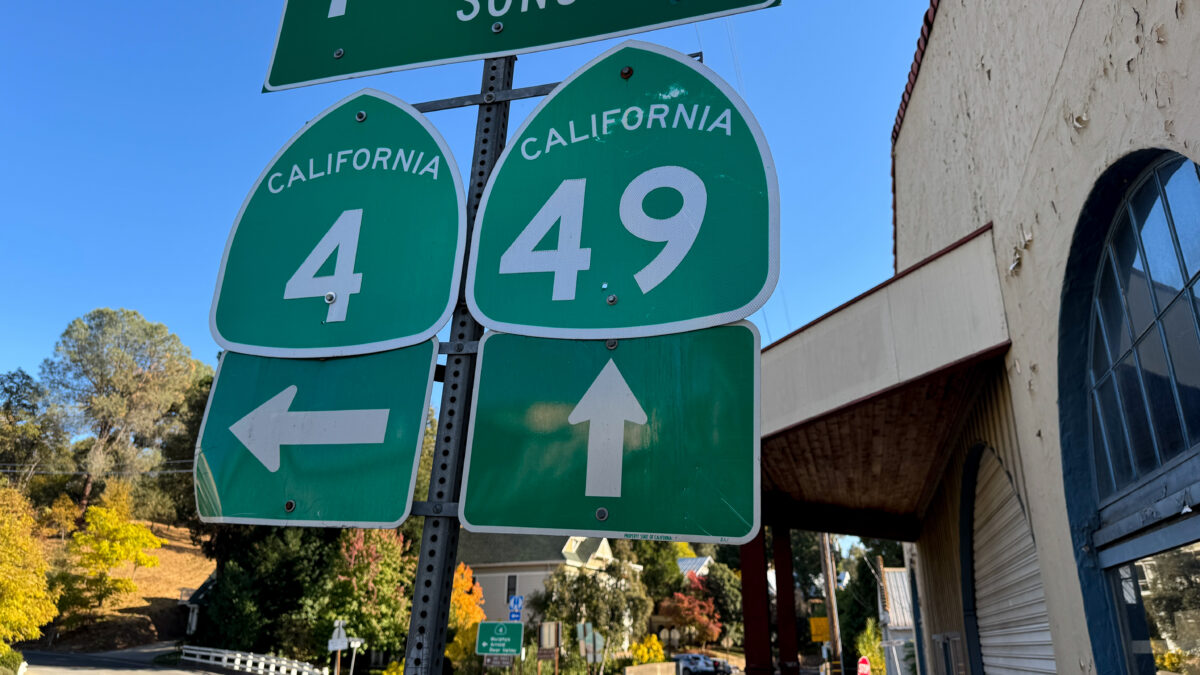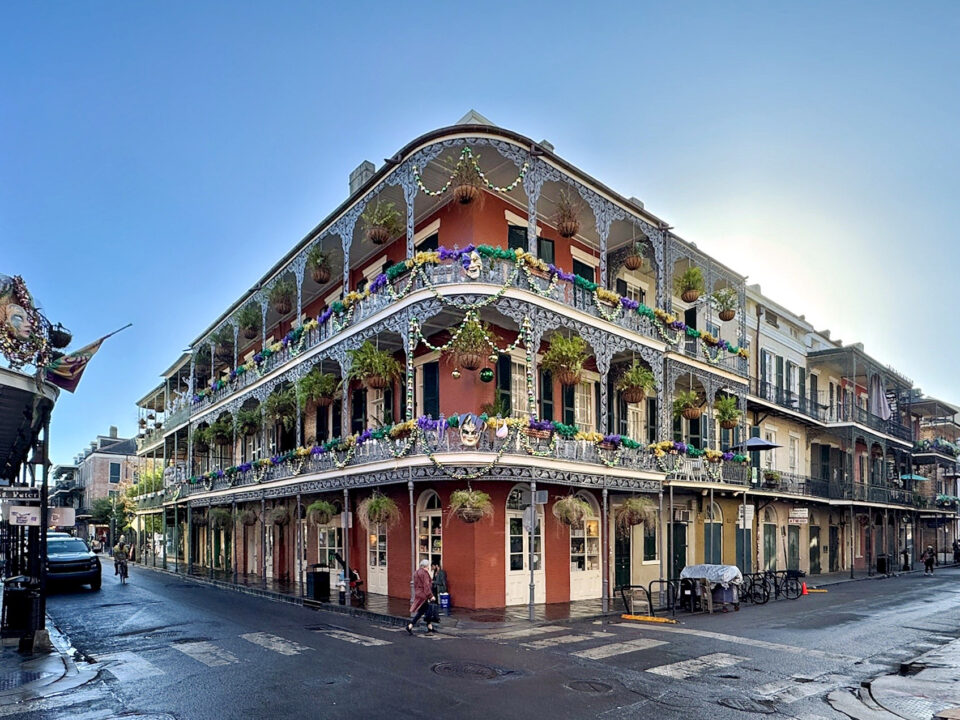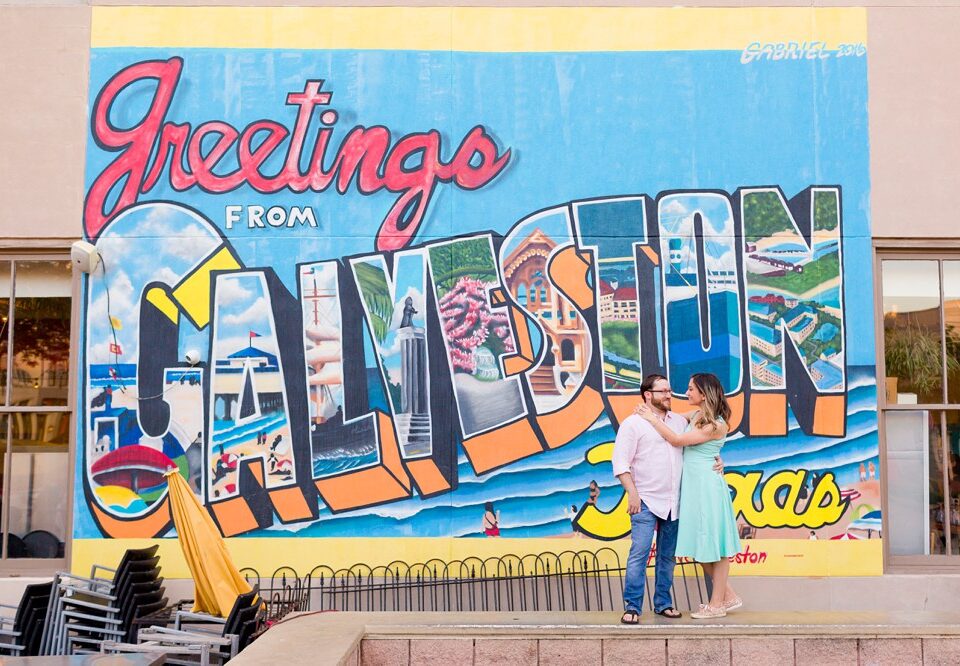
BEST San Diego City views: Harbor Island
February 16, 2025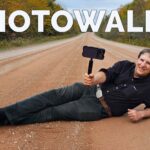
100 Photowalks: Best OMG Moments
March 1, 2025I recently spent some time exploring the most under-rated area in California: the Gold Country, where it all started for the state back in 1848. Cut to today, and it’s now a dream destination for photographers, history buffs, and travelers seeking small-town charm and beauty.
Nestled along Route 49 and Route 4, just north of Sacramento, this region is where the famed Gold Rush took root and put California on the map back in 1848, two years before it became a state. Beyond its rich history, Gold Country offers stunning landscapes, vibrant small towns, and a wealth of outdoor adventures. It’s also a huge area of the state, spanning over 300 miles, extending all the way up to the Nevada border.
In this three-day journey, I set out to capture a manageable road trip of some of the most photogenic locations, uncovering the region’s history, and as always, offering tips on getting the best vacation shots with just a smartphone. You can click the link above to follow the ride on video, and also listen to the audio companion podcast.
Travel tip: mark your calendars. The Gold Country of California produces rich, changing leaves, as colorful and dynamic as those you’ll find in New England, and it’s a whole lot less crowded and expensive.

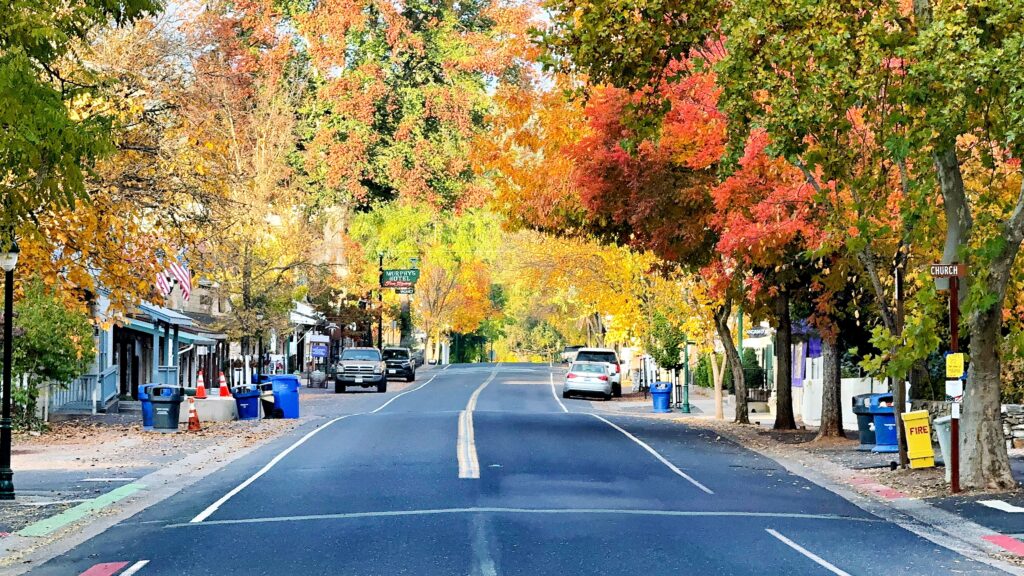
Day 1: Exploring Calaveras County
We left Los Angeles on Route 5, passed through Modesto and ended in in Angels Camp, where we greeted by a bin of gold and a “Welcome to Calaveras County” sign on the side of the road.
Angels Camp is the largest town in the county and forever linked to Mark Twain. The “Tom Sawyer” author famously penned The Celebrated Jumping Frog of Calaveras County after spending time here, and the town proudly displays frog and Twain motifs all over town in tribute. Main Street is a photographer’s delight, with well-preserved 19th-century architecture, charming boutiques, and the fascinating Angels Camp Museum, which is way larger than you would expect for a small-town.
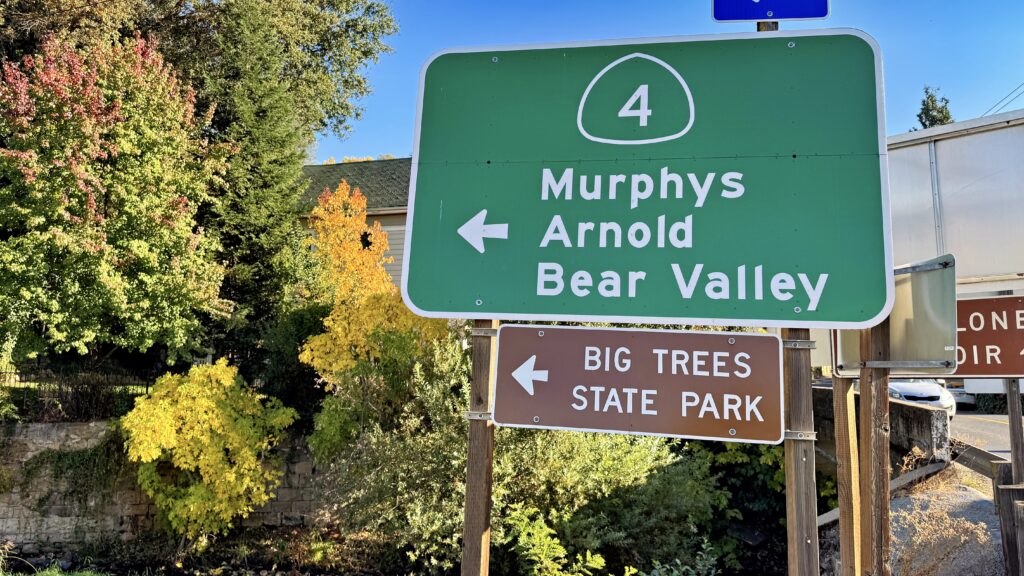
Just a short drive away lies Murphys, a picturesque town that has become a weekend retreat for visitors from San Francisco and Sacramento. Known for its small-town charm and burgeoning wine scene, Murphys is a great spot for capturing a small town life that still exists.
Two nearby attractions to mention: Calaveras Big Trees State Park offers an easy yet breathtaking walk among the giant sequoias, and is a must-see. For an underground adventure, Moaning Caverns Adventure Park presents a challenging climb into one of the largest cave chambers in California. But fair warning: you’ll be climbing way down hundreds of steps to see this–and climbing back up afterwards, so it may not be your thing.
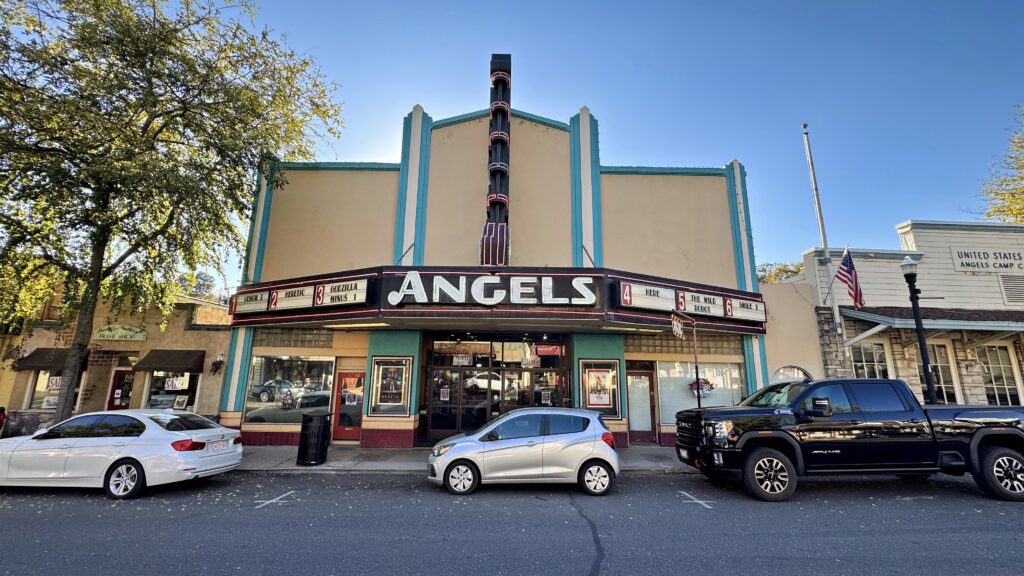
Where to Stay:
- Dunbar House in Murphys: We rested at this charming B&B, built in 1880, which offers six different rooms in the two-story house.
Day 2: Sutter Creek and Amador County
Heading west the next day, with a 44 minute drive, we arrived in Sutter Creek, which calls itself The Jewel of Gold Country. This impeccably preserved Gold Rush town transports visitors back in time with its historic buildings and antique shops. As one local told me, Sutter Creek looks like “you just rode in on a stagecoach.” Yup, that old. The town’s Knight Foundry, once the go-to place for mining tools, still stands and offers an incredible glimpse into the past.
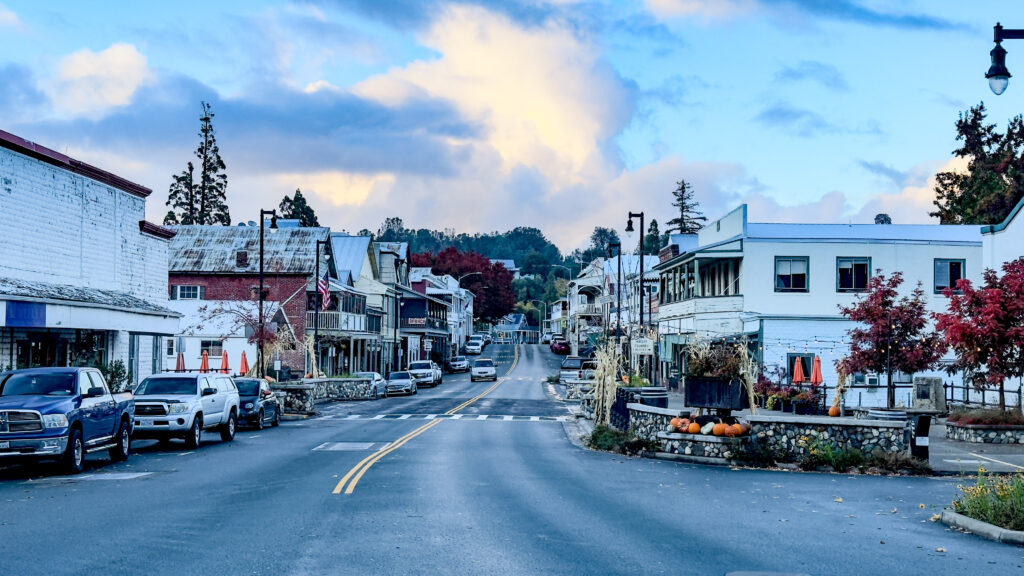
For a taste of modern luxury, we stayed at Rest, a 16-room boutique Hotel, located in nearby Plymouth. This contemporary hotel sits two doors down from Taste, one of the area’s top-rated restaurants, making it a convenient excellent spot to unwind after a day of exploring. Rest would also like you to know that it happens to be located minutes from nearby Amador Brewing, and that it is close to over 100+ wineries in area.
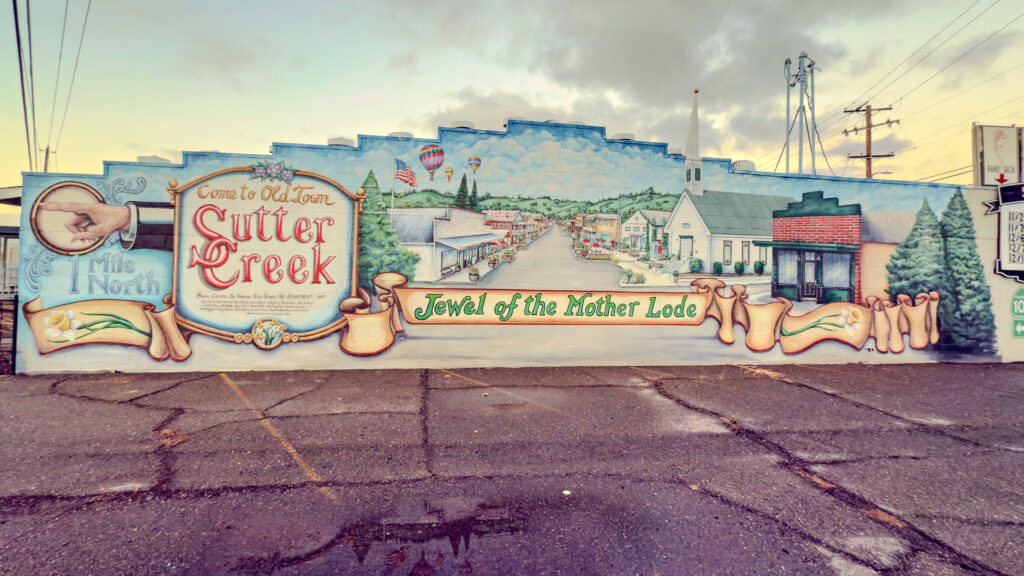
Day 3: Coloma, Placerville, and Apple Hill
A trip to Gold Country wouldn’t be complete without a visit to Coloma, the birthplace of the California Gold Rush, even though this town is really, really tiny. It’s so small, there are just over 200 residents. The drive to Coloma took 50 minutes. This is the town where James Marshall first discovered gold in 1848 at Sutter Mill, the same Sutter from Sutter Creek, setting off a wave of migration and wealth-seeking that would shape the state’s future. Today, the Marshall Gold Discovery Park offers a great way to experience history, with exhibits, the old mill and, of course, the American River. Beyond the Museum and access to the waters (which still have specs of gold, I’m told) there’s not much else in town–not even a local restaurant.
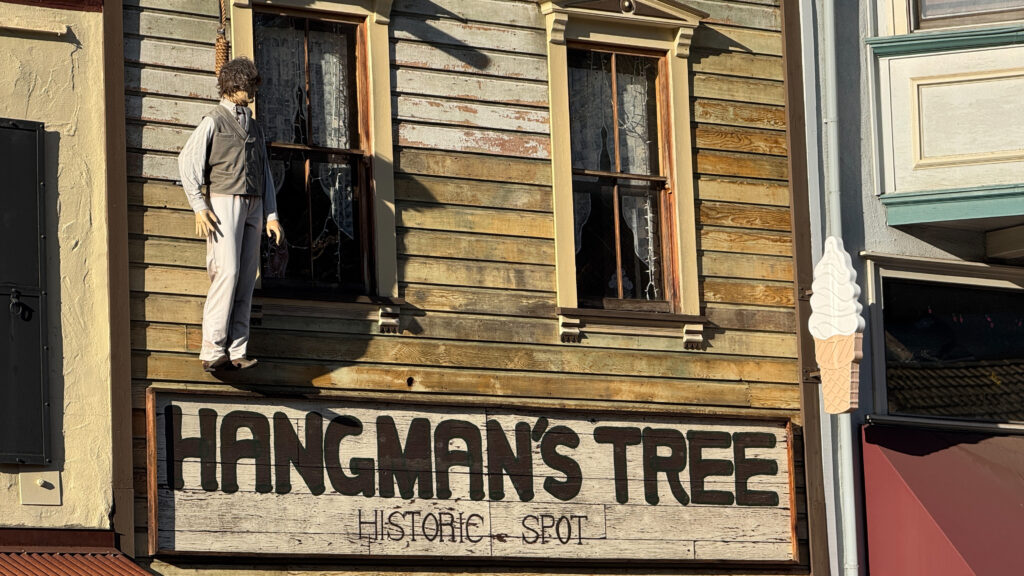
From Coloma, we drove 15 minutes down the road to Placerville, one of the larger Gold Rush towns, once known as Hangtown. Main Street is lined with antique stores, historic buildings, and quirky landmarks, such as the Hangman’s Tree, a popular bar and top photo spot. Another must-visit is Placerville Hardware, the oldest hardware store west of the Mississippi, where you can still buy gold panning supplies, and seemingly everything else under the sun.
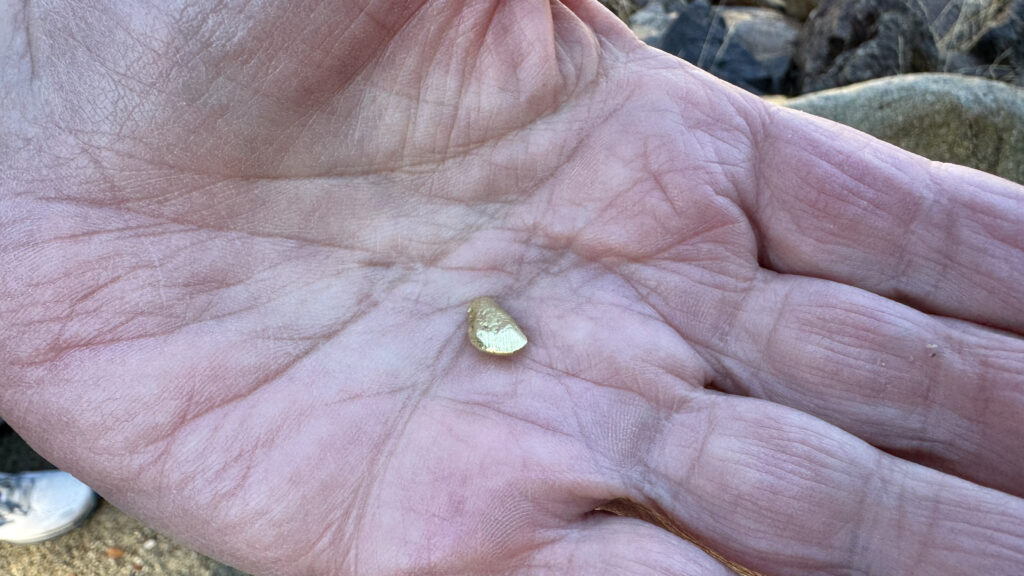
A few miles outside Placerville, Apple Hill is a paradise for apple lovers and photographers alike. With over 50 farms, cider mills, and orchards, this area is especially vibrant in the fall. Don’t miss the Larson Apple Barn, the region’s oldest family-run farm, where you can capture classic farm life scenes and indulge in fresh apple pies and cider.
Where to Stay:
- Seasons B&B in Placerville: We stayed in this comfy B&B, right in the heart of town. It’s a historic Gold Rush-era home, built in the 1850s, with plenty of charm.
Photography Tips for Gold Country
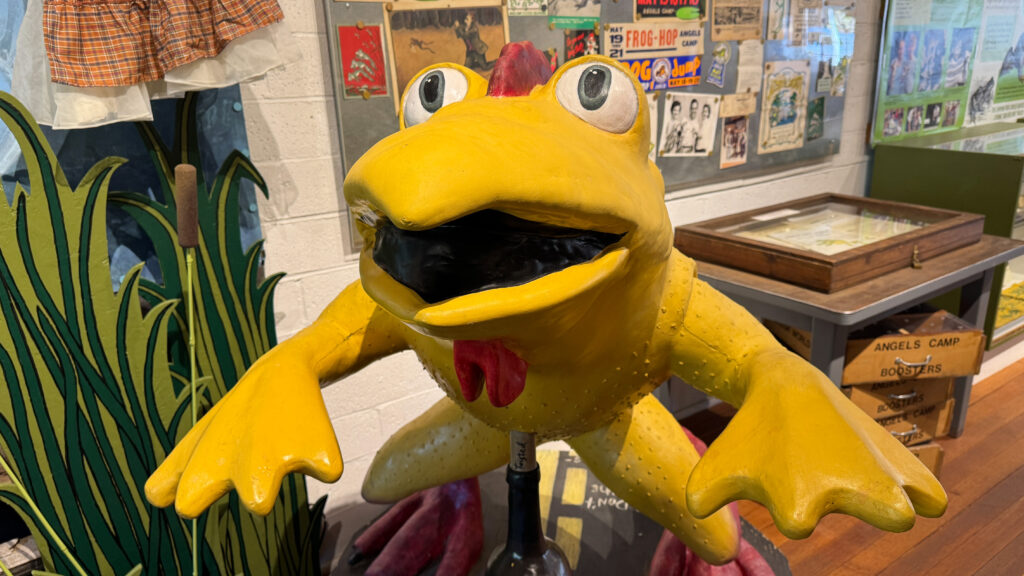
- Capture Local Color: Angel’s Camp, for instance, is chock full of things that make it unique, from the many Mark Twain and frog markings to the smalltown pitches for business. (I loved the “Free Beer” sign in front of a local bar.) As always, Sunrise and sunset bring out the best in these historic towns. The warm light enhances textures and colors.
- Try a Vertical Pano: At the Big Trees Park, instead of doing a wide-screen horizontal pano, try going up with your smartphone into the sky. It makes for a unique look at those huge trees.
- Small Town Life: The people, the old shops, the street scenes—these details bring Gold Country to life.
- All those Rolling Vineyards look great with a .5mm ultra wide-angle lens, especially at–you guessed it, sunset time.
Final Thoughts
A road trip through California’s Gold Country is like stepping back in time, but with all the modern comforts. Whether you’re here for the history, the stunning photography spots, or the food and wine, there’s something for everyone. My top recommendation? Slow down and truly soak in each town. Spending a few days in just one county will give you a deeper appreciation for this rich and beautiful region.
Happy photographing and don’t forget–I’ll see you on the next Photowalk!
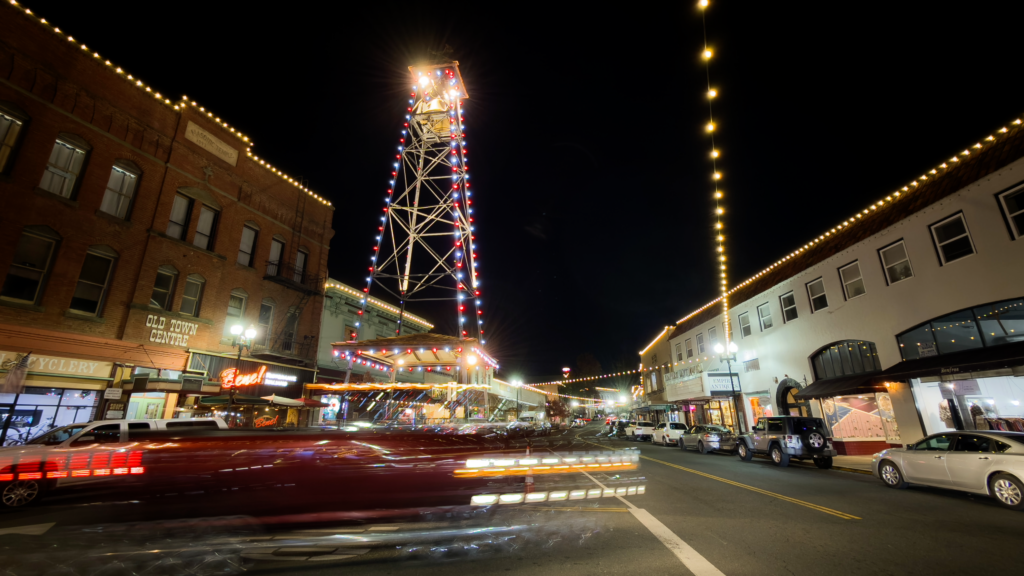
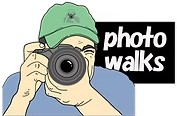
 Scripps News
Scripps News